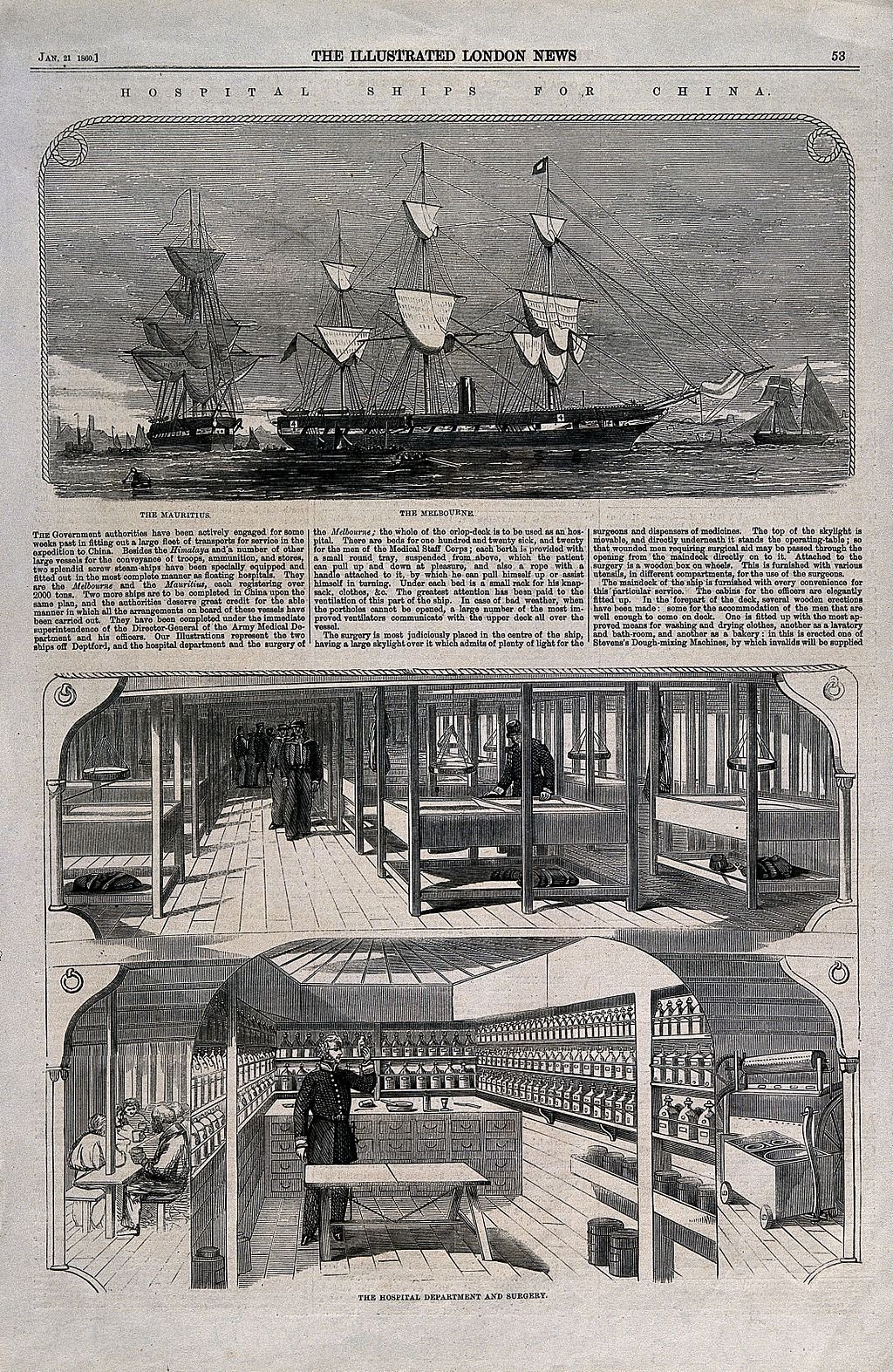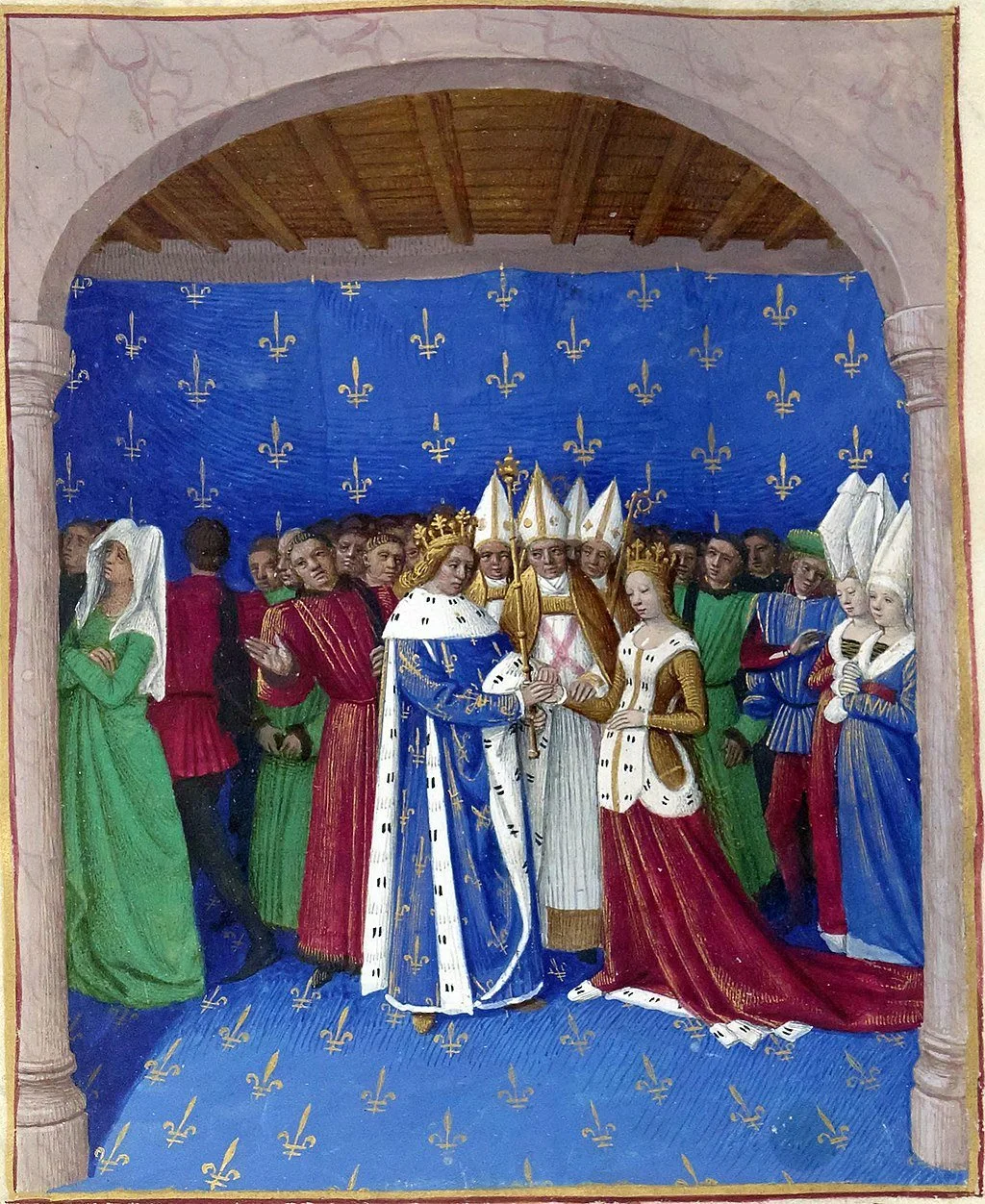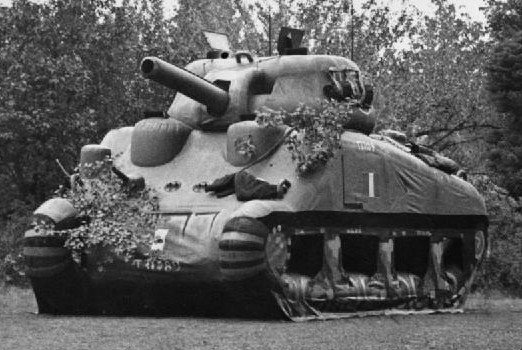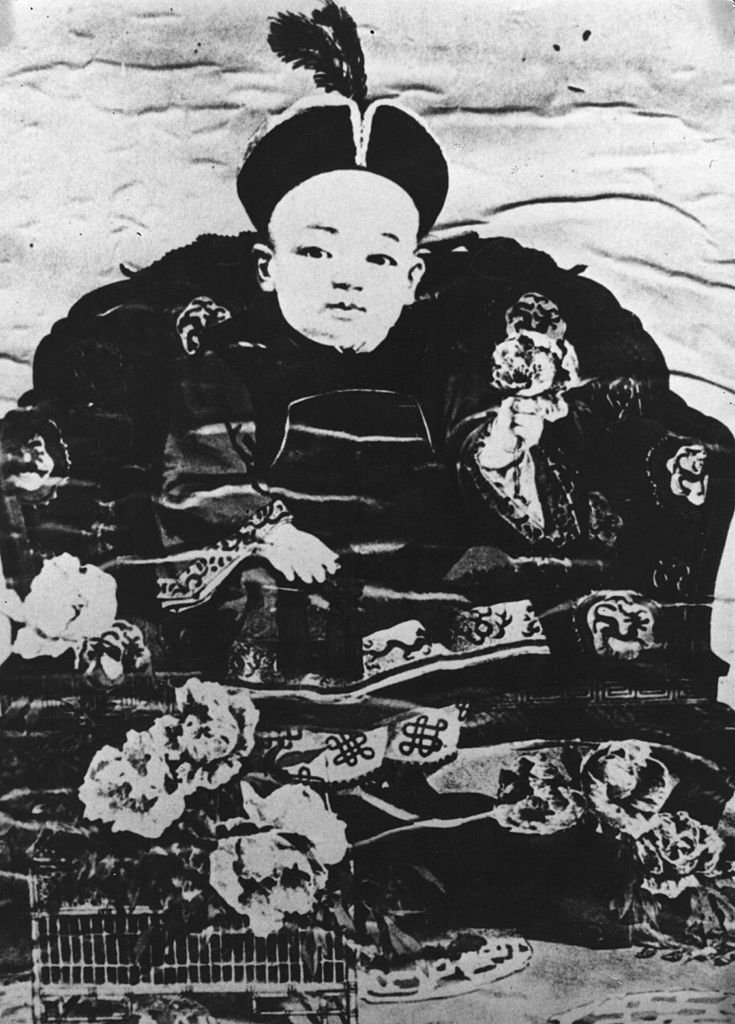Even today life at sea can be difficult when there are medical issues. But what was it like in earlier periods? Here, Amy Chandler returns and explores life at sea and naval medicine on board naval fleets throughout the eighteenth and early nineteenth centuries.
Hospital Ships in the Second Opium War. Illustration for The Illustrated London News, 21 January 1860. Source: Wellcome Images, here. This file comes from Wellcome Images, a website operated by Wellcome Trust, a global charitable foundation based in the United Kingdom. Refer to Wellcome blog post (archive).
Life at sea can be treacherous with unpredictable weather, ever-changing climate and deadly predators that hold the authority of the underwater world. The changing climate, environmental factors and trade expansion throughout history has created an uneasy co-existence between the sea and land dwellers. The climate crisis has altered the habitats and patterns of many sea creatures lives, for example, reports of sharks migrating and swimming closer to shorelines in parts of Australia in the summer months. While in the twenty-first century, we have processes to mitigate risks, in the event of an incident, there are processes to follow to ensure a quick rescue or help when needed through lifeguards, sea rescue services, air ambulances and constant communication routes and satellites to monitor those at sea.
Before modern technology, life at sea was perilous with threats of pirates, sinking, mutiny, and naval warfare created a world away from the control and comforts of land and away from the law. The threat to health caused by disease, poor living conditions and long periods at sea contributed to an environment that killed many sailors. Modern cruise and military ships now have dedicated medical teams, and during the coronavirus pandemic, cruise ships isolated during their voyage with Covid-19 positive patients on board. The crew had the necessary equipment and medicines on board. This advancement gives travellers comfort and peace of mind when travelling for a long time away from land and the familiarity of home comfort to have easy access to medical treatment.
Life at sea
Throughout history life at sea has become an image romanticised by popular culture and is unrealistic. A sailor’s life was hard work full of manual labour, volatile conditions, wet and disease was rife. However, for many men the alternatives to life at sea was equally volatile, miserable, poverty-stricken and hard work, with the only exception that life at sea offered a sense of adventure. By the eighteenth century, London’s port and docks were vital to Britain’s trade and the public were dependent on the wealth and trade it generated. By this point, the Royal Navy was also becoming a significant presence in British politics and economy and required more men to sail and work on the ships. Historians have commented that the majority of recruited men were from the “lower socio economic strata […including mostly] illiterate, the dregs of society” and were seen as “uncouth, rude [and] riff raff”.(1) Some of these men were prisoners for committing minor crimes like pickpocketing, and could choose a life at sea under sanction of the Royal Navy.(2) The rapid expansion of the Royal Navy and the industrial revolution in Britain prompted the need for more men and these types of individuals solved their problem. Men on board would receive three meals a day, a ration of rum (often called ‘Grog’ or ‘Tot’) a day and offered a way to escape their miserable, poverty life on land. Parliament also sanctioned the use of ‘Press gangs’ to recruit men into the Royal Navy when non-violent methods were sufficient, this method granted by the Crown the “right to seize men of seafaring experience” and was intensely enforced during periods of naval battle, for example 1703, 1705, 1740 and 1779.(3) All ages were recruited into the crew and when boys turned sixteen they became able-bodied sailors. The uniform worn by officers were different to the ordinary crew and the clothes were designed to signal status and emulate the fashion of wealthy men in the eighteenth century, while life at sea, away from the authority of land, was still subject to hierarchy and class bias.
Moreover, the ration of rum was introduced as storing water in wooden barrels did not keep for long periods and other drinks with a low-alcohol level was also difficult to store. Therefore rum was the best option and kept morale up for the men by receiving 10 ounces of rum a day, which reduced to 2.5 ounces in 1850.(4) It was not until 1970 that this daily ration was stopped as the Royal Navy expanded and modernised, the need for crew to be sober was seen as imperative. The manual labour of working on a large ship everyday required a diet to supply enough energy to keep the men fit, healthy and sustained. However, during this period fresh food was difficult to store and preserve for long voyages, therefore salted meat, pickled food and hard biscuits were the normal diet.
The role of the naval surgeon
Throughout history, the surgeon was the main and only person responsible for treating the ill, injured or psychologically distressed on board naval ships. The unpredictable weather, the threat of naval warfare and spending long periods away from land, friends and family created an unstable environment. While these factors contributed to a high mortality rate, the most common killer was disease. Life at sea was “continually hit by lethal epidemics of dysentery, typhus, scurvy, malaria and yellow fever”, that could easily wipe out or weaken the majority of the crew.(5)
There were strict procedures for becoming a ship’s surgeon, such as obtaining a university education and progressing to the lead surgeon. Individuals who trained through apprenticeships assisted at local hospitals or learnt through observation became the first, second or third ship surgeon mates to assist the fully qualified surgeons. University qualified medical professionals were usually privileged members of society who had access to wealth and opportunity to train at a University. There were different types of medical professionals in the eighteenth centuries; the university-qualified physician who was a member of the College of Surgeons, apothecaries, who dispensed prescribed medicine, and surgeons who dealt with external issues, such as amputation or removal of boils.(6) However, when sailing at sea for long periods, the surgeon was in a position that needed to include all three branches of the medical profession and be able to treat all kinds of diseases and injuries. During the voyages and expeditions, the ship was busy and crowded and needed access to all the necessary equipment, weapons and supplies on board, as the time and distance between ports were long. Therefore, the ship’s surgeon needed enough medicine and equipment to treat the ill and injured during these long voyages. Surgeons were required and responsible for obtaining their own set of instruments and treatments in preparation for their journey. This requirement changed in the 1800s as the Company of Surgeons was responsible for approving surgeons of their eligibility to practise and their instrument chest before a voyage. The Royal Navy Regulations of 1731 ordered that medicine chests were locked bearing the “seals of the physician and of the Surgeons’ Company” and no other chests were permitted on board.(7) Official examination of the surgeon’s credentials, medical knowledge and instruments was necessary to ensure the individual had the necessary knowledge to attend to ailments and injuries. Also, this safeguarded the equipment from being stolen and sold for a profit before the ship set sail. Despite the privilege and reputation bestowed on medical professionals on land, this same reputation was not extended to naval surgeons, who were underpaid.
Towards the end of the eighteenth century, the duties and responsibilities of naval surgeons were officially documented in the Regulations and Instructions Relating to His Majesty’s Service at Sea, which was initially published in 1731.(8) Duties included visiting ill patients twice a day and informing the captain of the daily number and name of unwell and injured crewmembers. The Company of Surgeons ordered every ship surgeon to write daily logs and diary entries of their daily activities. The ill or injured were isolated from the rest of the crew in the sick bay, a space below the waterline and away from potential dangers during battles. However, when the epidemics overwhelmed the crew, this space was unsuitable, and surgeons demanded a larger area to house and treat patients. The orlop deck was the most common area for surgeons to work and included their cabin to sleep and eat. This deck was usually the lowest deck on the ship and used to store cables and rope. The orlop was considered the safer part of the ship but was dark, hot and lacked sufficient ventilation, with lanterns being the only light source. This area was extremely noisy during battles as the cannons were located on the deck above and created ear-shattering noise from cannon fire.
It is also important to understand that while the surgeon was an invaluable and life-saving asset on board. Their medical knowledge was informed by the contemporary scientific discoveries of the time of the Four Humours rather than understanding how bacteria caused disease. Medical knowledge during this time focused on Hippocrates’ theory of the Four Humours and was later expanded by Galen. This theory suggested that the human body had four elements connected to the seasons. The elements were blood, yellow bile, black bile and phlegm. A healthy lifestyle and body meant these elements were in balance, and unbalanced humours caused illness because the body had too much of one humour. Treatments for unbalanced humours included bloodletting. The surgeons would perform and use contemporary medicine and treatments to diagnose the patient. These treatments, in some cases, were lethal and could result in unintentional death, as the use of mercury, no anaesthetics or antiseptics meant many could die from infection or poisoning during surgery. While battle injuries from canon fire and wounds caused by swords were a threat to life, the everyday living and working conditions were equally as deadly.
The Royal Navy in the Napoleonic Wars
Throughout the Napoleonic wars of 1792 to 1815, the British Royal Navy employed roughly 109,846 men, with an average of 3,518 men a year.(9) On average, 1 in 31 men died of disease or accident, and roughly 1 in 405 died in or from wounds caused by battle.(10) These statistics highlighted that despite the threat and dangers of naval combat, the true enemy to was disease. However, the Royal Navy was keen to keep their crews in good health as this meant they could continue sailing for longer and had a complete crew to engage in naval battles and missions. Horatio Nelson, Admiral of the HMS Victory was also aware of the importance of health while sailing and he is quoted to have said “the great thing in all military service is health; and you will agree with me that it is easier for an officer to keep his men healthy, than for a physician to cure them.”(11) An admiral can only lead their crew to victory if they are alive, healthy and have enough of them to engage in battle. Therefore it was in the Royal Navy’s best interest to ensure the working and living conditions were suitable. Even Nelson was not immune to the threats caused by living and working at sea, with reports of him contracting malaria, yellow fever and his death at the brink of victory during the Battle of Trafalgar in 1805.
The HMS Victory had an estimated 820 crew members, and the surgeon in charge was William Beatty, who tended to Nelson after his fatal wound at the Battle of Trafalgar. Beatty served as a naval surgeon for many years before entering the crew of HMS Victory and reported that Trafalgar was his first voyage that involved large-scale fleets in battle. Historians have noted that Trafalgar was a “baptism of fire” that placed his skills as a surgeon and medical knowledge to the test.(12) Nelson is an interesting figure in British history, and historians often remark on his strength of character. A fascinating story of his life and legacy is how despite suffering numerous battle wounds, he still managed to secure victory for Britain at the Battle of Trafalgar. Nelson lost his right arm in the Battle of Santa Cruz de Tenerife and because of this injury, he adapted to writing with his left hand, and his writing became even more legible than with his dominant right hand. This adaption highlights that life after battle for many injured was challenging and left the individual with life-altering damage. Furthermore, the amputation of Nelson’s right arm was carried out on board and like many other amputations and surgeries there was usually no other choice but to operate immediately in an attempt to save the patient’s life. The lack of anaesthetics and antiseptic, which were not discovered until the late 1840-60s, meant that many operations were barbaric, unimaginably painful and risky.
Hospital ships in the Napoleonic war
During the Napoleonic War, measures were introduced to provide medical treatment for men injured or ill during their voyages. Ships were far away from land resulting in the sick or injured, and this was a measure introduced since the third Dutch war of 1672 – 74. A hospital ship that would care for, treat and transport long-term sick patients, who could not stay aboard their ship, supported each naval fleet.(13) In 1743, aboard HMS Blenheim the upper and lower decks were converted to house 255 patients, segregated into four areas for “skin irritation, simple fever, dysentery, or malaria”.(14) The ships that were used and converted were usually going to be decommissioned and not purpose-built vessels. Historians have called these hospital ships the “medical command centre of a naval fleet” commanded by a senior surgeon with a university qualification, experience with life at sea and was responsible for the overall health of the crew.(15) The responsibilities included visiting, inspecting and other naval surgeons’ medical chests, journal entries and creating weekly reports for the Admiral on the health and conditions of the ship.(16) While this figure had no authority over individual surgeons – that still resided with each ship’s captain – they could recommend individuals for promotion. The mortality rate decreased with these regular inspections and authority figures on board, and one in particular, Thomas Trotter was pivotal in the ‘Nelsonian’ era. Trotter was a physician in the mid-1790s of the Channel Fleet under the command of Admiral Howe. Trotter reformed medicine and life at sea while he worked on the hospital ship Charon through his persistent suggestion of medical reform, such as improved ventilation, pay and living conditions, and his publication Medicina Nautica (1797 – 1802).
Conclusion
In conclusion, life at sea was a treacherous and unpredictable experience, with the increase in Britain's expansion of the empire, trade routes and exploration, the need for an on board medical professional became increasingly important. The Royal Navy rapidly gained momentum and power in the eighteenth century and required more men to join their forces. The bleak reality for many was not about a choice but the knowledge that their alternative option of a life in poverty and disease ridden living accommodation and a lack of employment was a contributing factor for many to join. However, one of the recurring motifs of history is that medicine can only do so much, but improvement in living and working conditions is vital to improving overall health. Nelson is remembered for his heroic contribution to the Royal Navy and Britain’s maritime legacy, but the crews that served and endured harsh environments are also vital to Britain’s success and should be recognised. Popular culture attempts to romanticise the life of a sailor through comedic and sanitised versions of the past and hide the reality of the harsh and miserable life away from land. While popular culture contributes to the myth that life at sea was a lawless and deadly place of hedonistic debauchery throughout history, there was still a hierarchy and laws to abide by that reaffirmed the class structures that dominated British society.
What do you think of medicine at sea? Let us know below.
Now read Amy’s article on the Great Stench in 19th century London here.
Bibliography
Brocklis, L, Cardwell, J, Moss, M, Nelson’s Surgeon: William Beatty, Naval Medicine, and the Battle of Trafalgar (Oxford, Oxford University Press, 2005).
Brown, K, The Seasick Admiral: Nelson and the health and the navy (England, Pen & Sword Books,2015).
Goddard, J C, ‘The Navy Surgeon’s Chest: Surgical instruments of the Royal Navy during the Napoleonic War’, JR Soc Med, vol. 97, no. 4, April., 2004, pp.191 - 197 < https://www.ncbi.nlm.nih.gov/pmc/articles/PMC1079363/ >.
Hickox, R. All you wanted to know about the 18th Century Royal Navy (USA, Rex Publishing, 2005).
Pappalardo, B, How to survive in the Georgian Navy (London, Bloomsbury Publishing,2019).
Sachs, T. ‘The Rum the Royal Navy Once Rationed to Sailors…’,Robb Report, 2020 < https://robbreport.com/food-drink/spirits/black-tot-rum-british-navy-ration-for-sale-2939203/ >.
UK Parliament, ‘Press gangs’, UK Parliament, 2022 < https://www.parliament.uk/about/living-heritage/transformingsociety/private-lives/yourcountry/overview/pressgangs-/ >.
References
1 R.Hickox, All you wanted to know about the 18th Century Royal Navy (USA, Rex Publishing, 2005), p.15. https://www.google.co.uk/books/edition/All_You_Wanted_to_Know_about_18th_Centur/_sKZ3rZK4dQC?hl=en&gbpv=1
2 Ibid.
3 UK Parliament, ‘Press gangs’, UK Parliament, 2022 < https://www.parliament.uk/about/living-heritage/transformingsociety/private-lives/yourcountry/overview/pressgangs-/ > [accessed 9 December 2022].
4 T. Sachs, ‘The Rum the Royal Navy Once Rationed to Sailors…’,Robb Report, 2020 < https://robbreport.com/food-drink/spirits/black-tot-rum-british-navy-ration-for-sale-2939203/ >[accessed 9 December 2022].
5 L. Brocklis, J. Cardwell and M. Moss, Nelson’s Surgeon: William Beatty, Naval Medicine, and the Battle of Trafalgar (Oxford, Oxford University Press, 2005),p.5.
6 JC. Goddard, ‘The Navy Surgeon’s Chest: Surgical instruments of the Royal Navy during the Napoleonic War’, JR Soc Med, vol. 97 (2004),p.191 < https://www.ncbi.nlm.nih.gov/pmc/articles/PMC1079363/ >[accessed 25 November 2022].
7 Ibid.
8 L. Brocklis, J. Cardwell and M. Moss, Nelson’s Surgeon, p.6.
9 B. Pappalardo, How to survive the Georgian Navy (London, Bloomsbury Publishing,2019),p. 56.
10 Ibid.,p.56.
11 Pappalardo, op.cit.,p.56.
12 L. Brocklis, J. Cardwell and M. Moss,op.cit.,p.viii.
13 L. Brocklis, J. Cardwell and M. Moss,op.cit.,pp.7-8.
14 Ibid.
15 Ibid, p.8.
16 Ibid.
















